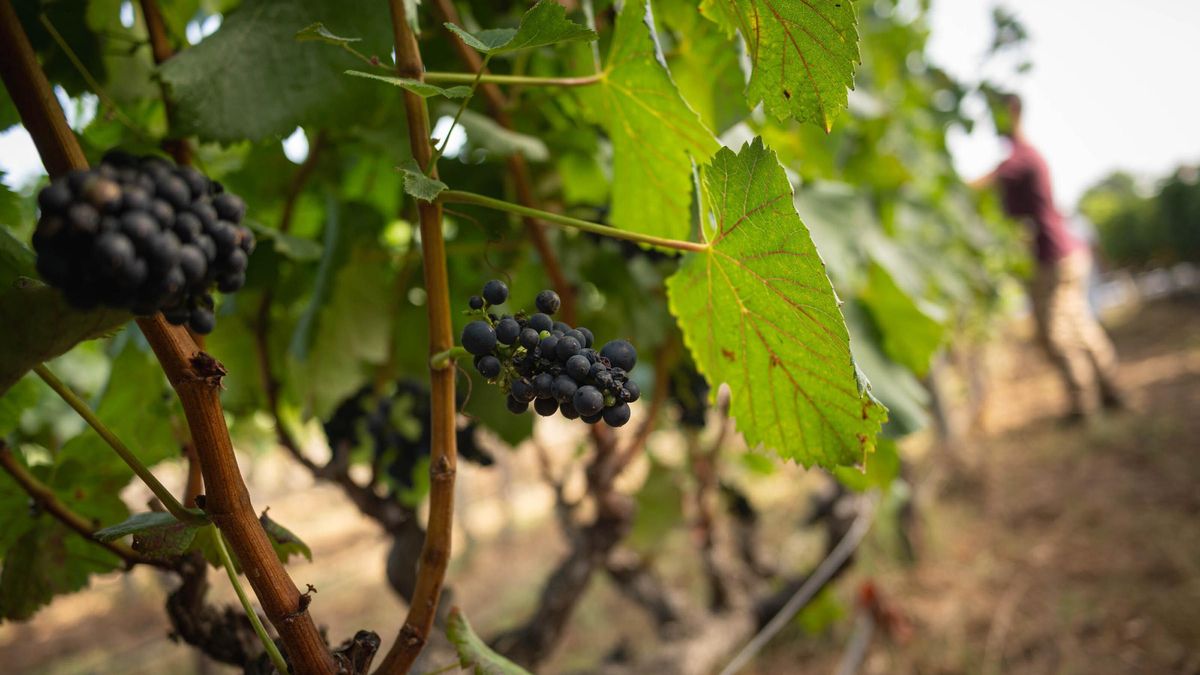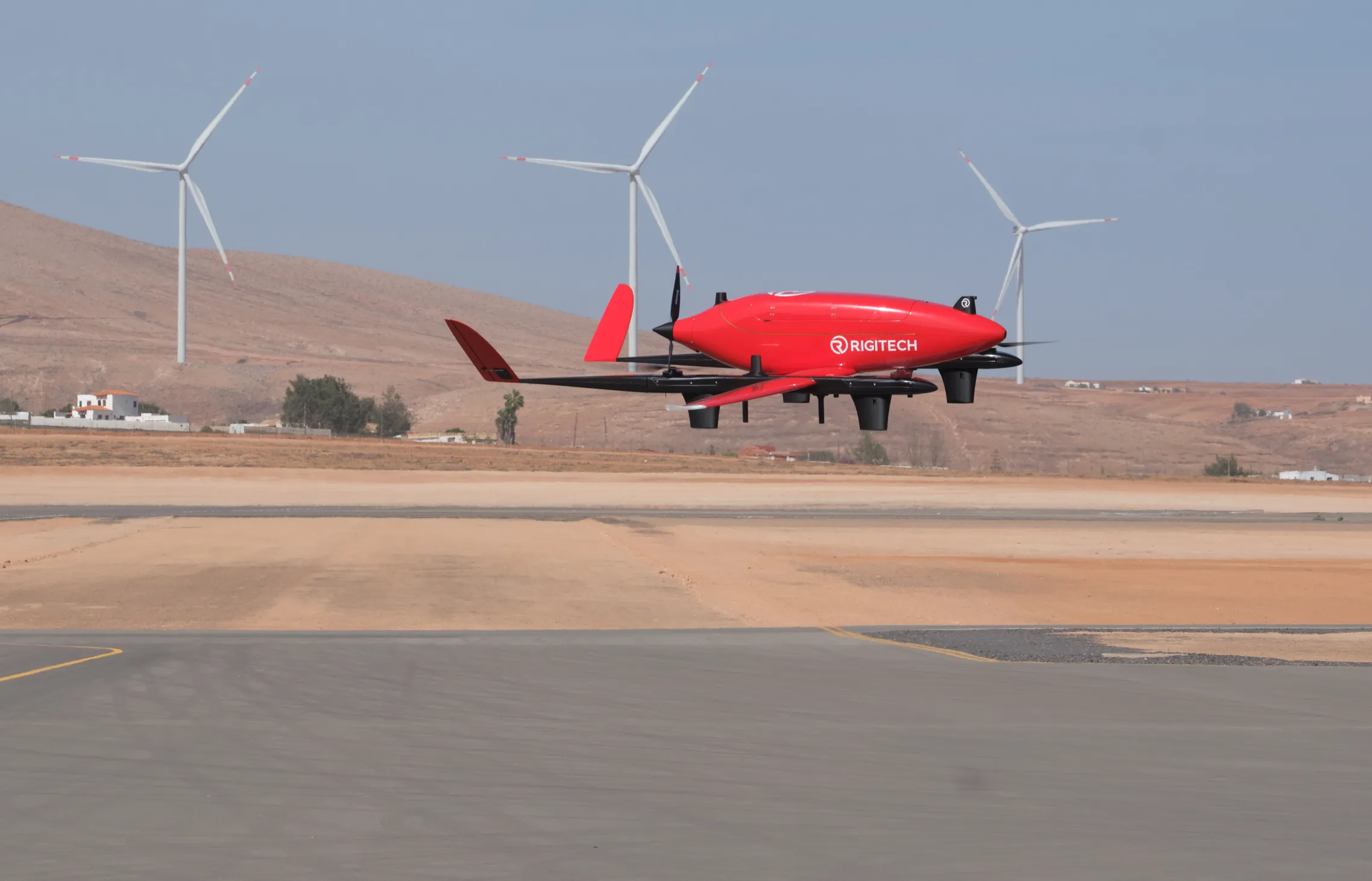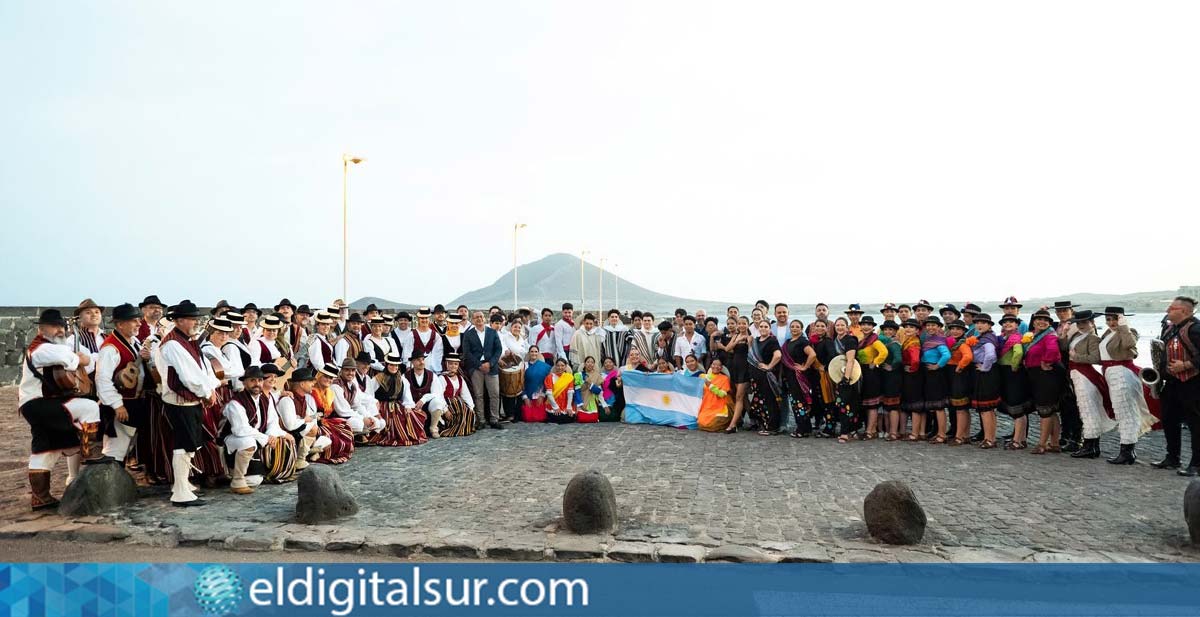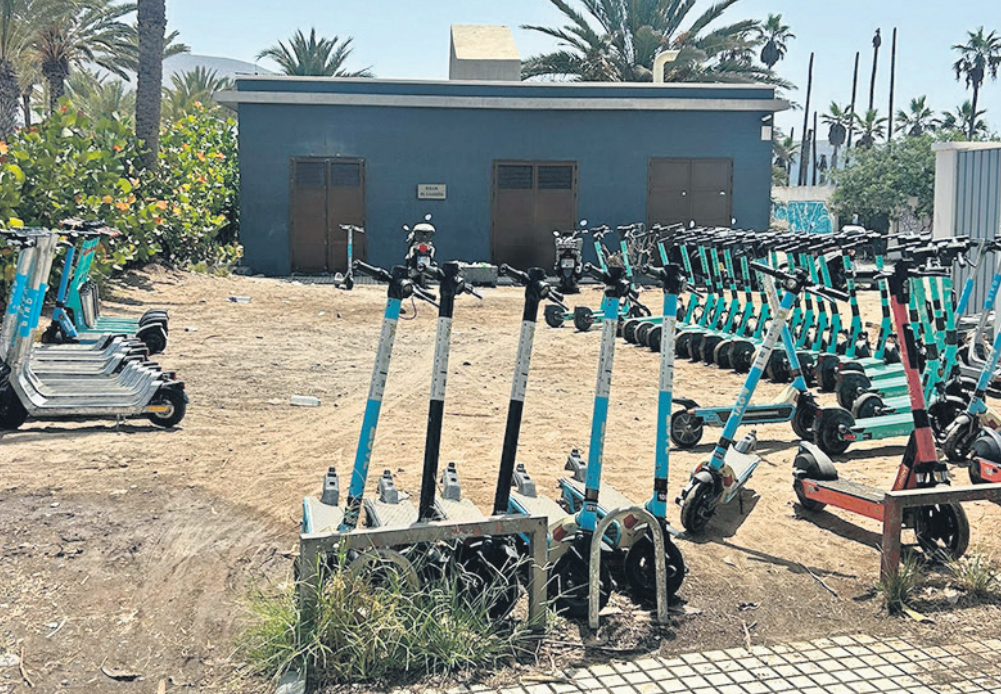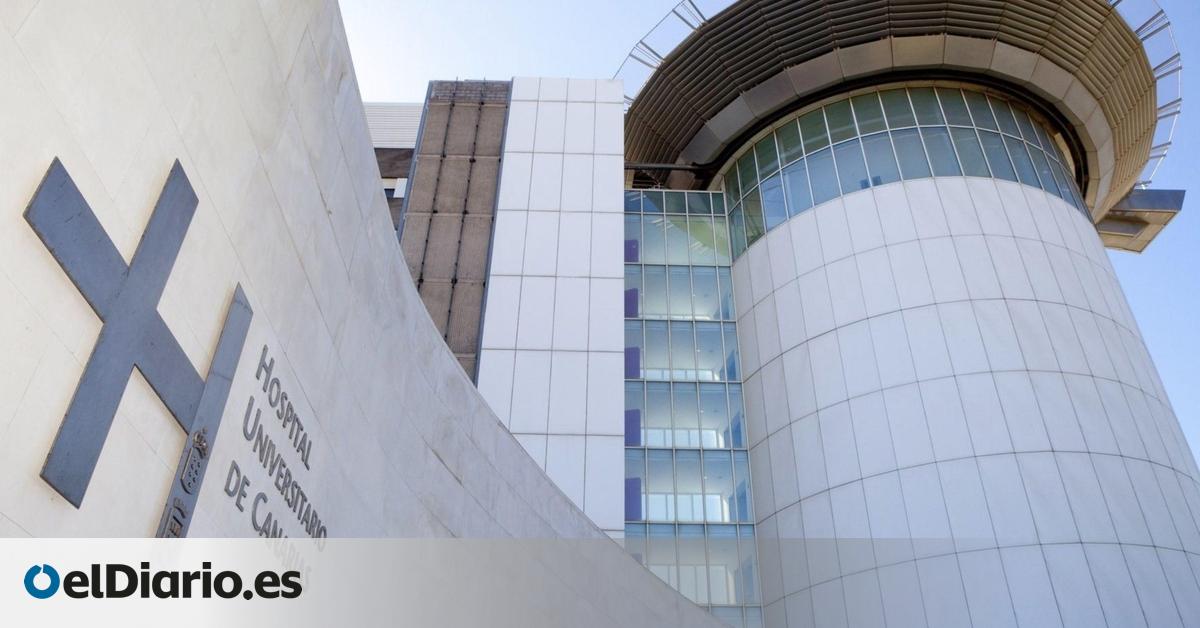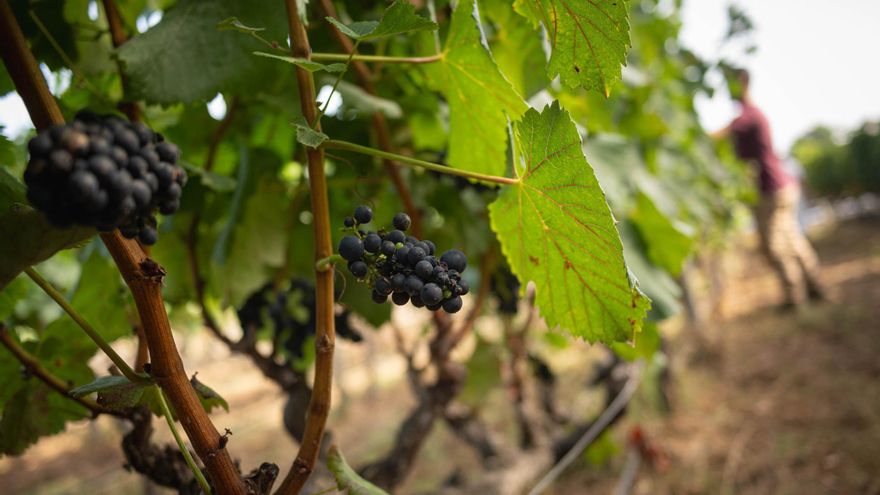
A new app, free and requiring no prior registration, has been launched to assist wineries and grape growers in Tenerife with compliance concerning the Government of Canary Islands to facilitate the movement of grapes amid the threat of phylloxera. The discovery of an outbreak of the pest in a Valle de Guerra estate has sparked significant concern. The Official Bulletin of Canary Islands (BOC) published the required annexes last Friday for continuing with a harvest that has been disrupted by the appearance of the pest from which the island had remained free until now.
Annex Generator
Filoxera.es aims to provide assistance in expediting paperwork through the development of a very simple annex generator to streamline this process, avoiding manual completion. David Rivas, the creator of the platform established just thirteen days ago on the 13th, confirms this. The philosophy of the platform is to “utilise available technology,” he explains, noting his background as a viticulture technician, although his professional focus is on technology and internet marketing. He also acknowledges the support of his company, Yellow Glasses, based in the innovation hub of Barranco Grande (Santa Cruz). Their intervention allows for the use of data from the Centenial 2 satellite, part of the Copernicus programme, providing crucial information about vineyard cultivation in Tenerife.
Tool
Rivas points out, “we thought it would be extremely complicated for a winery to fill in the data for, for example, one hundred producers.” Therefore, “we provide this tool that allows for easy completion of the annexes. The Ministry of Agriculture has included six annexes, four to be filled in by the farmer, one by the public administration technician, and another, the sixth, by the inspector. Details such as the vehicle registration used for transporting the grapes must also be provided. The digital signature of the person involved is included as well.
Traceability
Rivas asserts that “we are finalising it, but this is the utility we want to give to the platform for now.” In the near future, it could track the traceability from the moment the grape is planted until it is harvested, transformed into wine, and bottled. Thus, Filoxera.es emerges as a new technical platform that centralises key information for the prevention and control of vine phylloxera in the Canary Islands. It was developed following the confirmation of the first outbreak in Valle de Guerra at the end of July and brings together practical resources for the sector and the public: symptoms, biosecurity, and regulatory framework, including the 1987 Order and the extraordinary measures published last Friday.
Satellite Mapping
As a distinctive feature, the application is developing an exploratory risk mapping module using Artificial Intelligence. This prototype is aimed at prioritising vigilance and prevention through dynamic risk maps, integrating agronomic, meteorological, and satellite observation variables (Copernicus). The website is dynamic and actively under development; that is, it updates content and tools continuously, and an expanded version with improved navigation and technical sheets will be published in the coming days. The unique aspect of Filoxera.es is “its commitment to anticipation through technology,” Rivas notes.
Artificial Intelligence
The platform is developing an exploratory risk mapping system based on Artificial Intelligence, a prototype designed to transform scattered data into practical information for vineyard management. The model combines soil and topographic layers with the reality of the vineyard, distinguishing between producing plots and abandoned areas based on analysis of time series from satellite imagery. This assessment is enriched with meteorological variables and periodic observations from Copernicus, enabling tracking of vegetation vigour and stress.
Indicators
Additionally, mobility indicators linked to agricultural activity, service paths, access points, proximity to wineries, and seasonal harvesting and machinery flows have been integrated. This aims to estimate not only areas where the pest might find favourable conditions but also the corridors it would likely traverse in real working scenarios. Rivas emphasises: “The approach is strictly preventive and respectful of sensitive information,” noting that “the system does not display confirmed outbreaks or specific locations.”
Valentín González, the island’s councillor for the Primary Sector, highlights the commencement and importance of fieldwork by agricultural extension agents throughout the island. He values that “the timely communication of the harvest by grape growers is key for proper planning and application of the order concerning the control and eradication of phylloxera.” He insists that agents have begun their tasks at the farms that requested it. This involves pre-harvest visits to issue the required inspection reports as stipulated in Annex VI of the Ministry’s Order.
Protocol
Moreover, jointly with the Government of the Canary Islands and the Cabildo, a technical inspection protocol has been developed to define sampling methods for vineyards in the field, the symptoms to be observed, and the number of plants per hectare to analyse.
Application
The Cabildo, González notes, “is also developing, and has been using since last week, an application that allows the completion of movement guides and inspection reports electronically on-site during the visit to the farm.” Both documents “are sent in real-time to the Government of the Canary Islands for movement authorisation, should it be permissible.” He concludes: “This facilitates intervention for grape growers and technicians without paperwork or delays.”
Extraordinary Full Council
The PSOE in Tenerife is requesting an extraordinary full council meeting in the Cabildo to address the phylloxera outbreak. The initiative calls for the appearance of the island’s president, Rosa Dávila, to detail the measures taken and those planned. Once the petition is submitted, the president has 15 working days to convene the meeting, setting a deadline of Friday, 12th September. Should this not occur within that timeframe, the session will automatically be scheduled for Friday, 26th September, at 12:00 hours.
Concern
The PSOE in Tenerife has previously expressed its concern on the 12th and reiterates its “full support for the wine sector.” The socialists emphasise that the emergence of phylloxera “poses a significant challenge for the wine sector, which is key to the island’s economy, identity, and landscape.” They deem it “necessary” for the Cabildo to clearly present both the measures already implemented and the prevention and control protocols planned.
Aitor López González, a member of the Island Executive Committee, calls for the Government of the Canary Islands and the Cabildo to take “immediate action, with more resources and transparency” to protect the wine sector. He regrets that despite the seriousness of the threat, the actions announced by the Government of the Canary Islands and the Cabildo “have so far been limited to removing affected plants and delineating a safety zone” without a public plan detailing timelines, available resources, and control and prevention measures across the rest of the island territory.
Subscribe to continue reading


